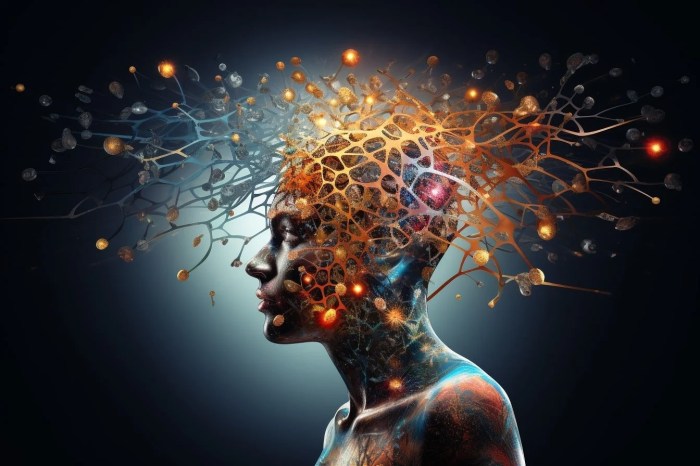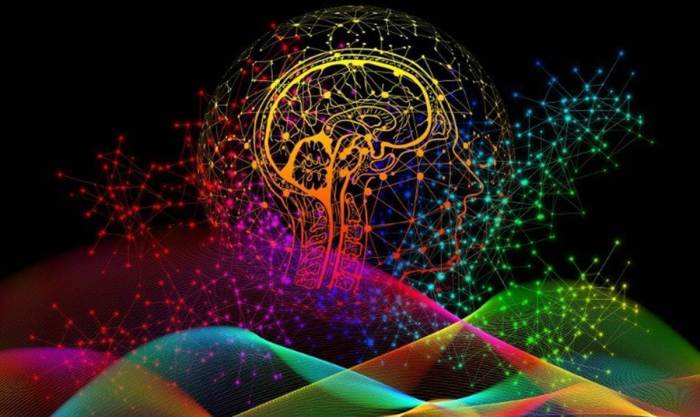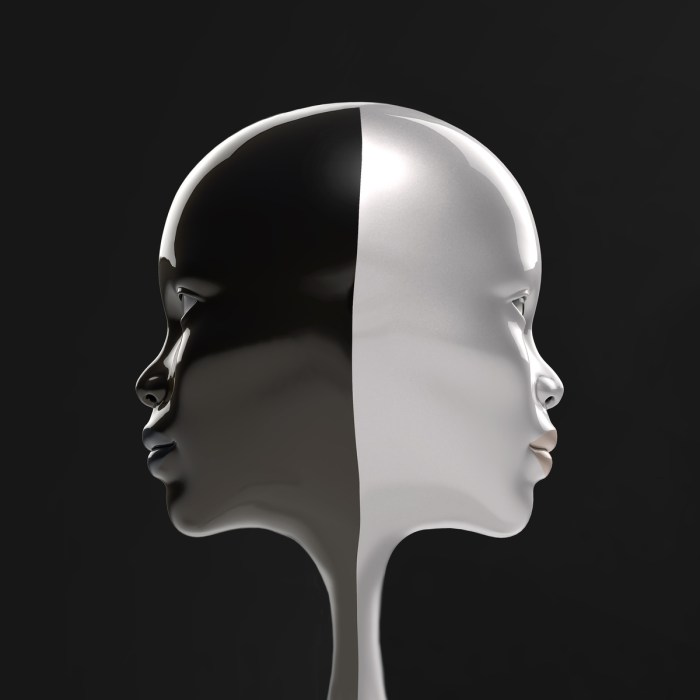Brain bisection and the unity of consciousness present a captivating enigma that has puzzled neuroscientists for decades. This research investigates the profound effects of severing the brain’s hemispheres, providing insights into the neural underpinnings of consciousness and the intricate interplay between brain structure and function.
Through split-brain syndrome, we witness the remarkable lateralization of brain functions, where each hemisphere assumes specialized roles. The corpus callosum, a vital fiber tract, emerges as a key player in interhemispheric communication, shaping our conscious experience.
Brain Bisection and Consciousness: An Overview: Brain Bisection And The Unity Of Consciousness

Brain bisection, also known as hemispherectomy, is a surgical procedure that involves separating the two cerebral hemispheres of the brain. It is primarily performed to treat severe and intractable epilepsy that is localized to one hemisphere. Brain bisection has provided valuable insights into the functional specialization of the brain and the nature of consciousness.
The concept of brain bisection dates back to the early 20th century, with pioneering work by neurosurgeons such as Wilder Penfield and William Beecher Scoville. However, it was the research of Roger Sperry in the 1950s and 1960s that revolutionized our understanding of the brain’s lateralization and its implications for consciousness.
Split-Brain Syndrome: Evidence for Lateralization
Split-brain syndrome is a condition that results from the surgical disconnection of the corpus callosum, the major fiber tract that connects the two cerebral hemispheres. Individuals with split-brain syndrome exhibit a remarkable dissociation of function between the left and right hemispheres.
- Dichotic Listening:When presented with different stimuli to each ear simultaneously, split-brain patients report perceiving only the stimulus presented to the right ear (connected to the left hemisphere), demonstrating the dominance of the left hemisphere for language processing.
- Visual Neglect:Split-brain patients often exhibit neglect of the left visual field, indicating a deficit in attention and awareness controlled by the right hemisphere.
- Tactile Extinction:When an object is placed in both hands simultaneously, split-brain patients may report feeling it only in the right hand, suggesting a suppression of tactile sensation from the left hand.
The Corpus Callosum: Connecting the Hemispheres
The corpus callosum is a thick bundle of nerve fibers that connects the left and right cerebral hemispheres. It plays a crucial role in interhemispheric communication, allowing for the transfer of sensory, motor, and cognitive information between the hemispheres.
Callosotomy, the surgical disconnection of the corpus callosum, has been performed in patients with severe epilepsy to prevent the spread of seizures between the hemispheres. Studies on callosotomy patients have provided evidence for the role of the corpus callosum in:
- Language Processing:The left hemisphere is dominant for language in most individuals, and callosotomy can lead to deficits in language comprehension and production.
- Visuospatial Functions:The right hemisphere is specialized for visuospatial processing, and callosotomy can result in impairments in spatial navigation and object recognition.
- Memory:The corpus callosum facilitates the transfer of memory information between the hemispheres, and callosotomy can lead to deficits in memory consolidation and retrieval.
Unity of Consciousness: Theories and Perspectives
The unity of consciousness refers to the subjective experience of a single, unified conscious awareness. Despite the functional specialization of the brain, we experience our thoughts, feelings, and perceptions as a coherent whole.
- Interhemispheric Communication:The corpus callosum and other interhemispheric connections allow for the exchange of information between the hemispheres, contributing to the integration of sensory, motor, and cognitive processes.
- Global Workspace Theory:This theory proposes that consciousness arises from a global workspace in the brain, where information from different brain areas is integrated and made available to all other parts of the brain.
- Integrated Information Theory:This theory suggests that consciousness is a property of complex systems that exhibit a high level of integrated information, which is quantified using mathematical measures.
Implications for Consciousness Research, Brain bisection and the unity of consciousness
Brain bisection studies have provided valuable insights into the neural basis of consciousness and the functional specialization of the brain.
- Limitations and Challenges:Split-brain experiments have limitations, as they involve individuals with neurological conditions that may not generalize to the healthy population.
- Neurology and Psychiatry:Brain bisection research has implications for understanding and treating neurological and psychiatric disorders that involve disruptions in interhemispheric communication.
- Artificial Intelligence:The study of brain bisection can inform the development of artificial intelligence systems that aim to replicate human-like consciousness and cognitive functions.
Top FAQs
What is brain bisection?
Brain bisection involves surgically separating the two cerebral hemispheres, creating two distinct halves of the brain.
How does brain bisection affect consciousness?
Brain bisection can lead to split-brain syndrome, where each hemisphere operates independently, resulting in lateralization of brain functions and a potential disruption of conscious experience.
What is the role of the corpus callosum in consciousness?
The corpus callosum is a fiber tract that connects the two cerebral hemispheres, facilitating interhemispheric communication and contributing to the integration of information necessary for a unified conscious experience.

